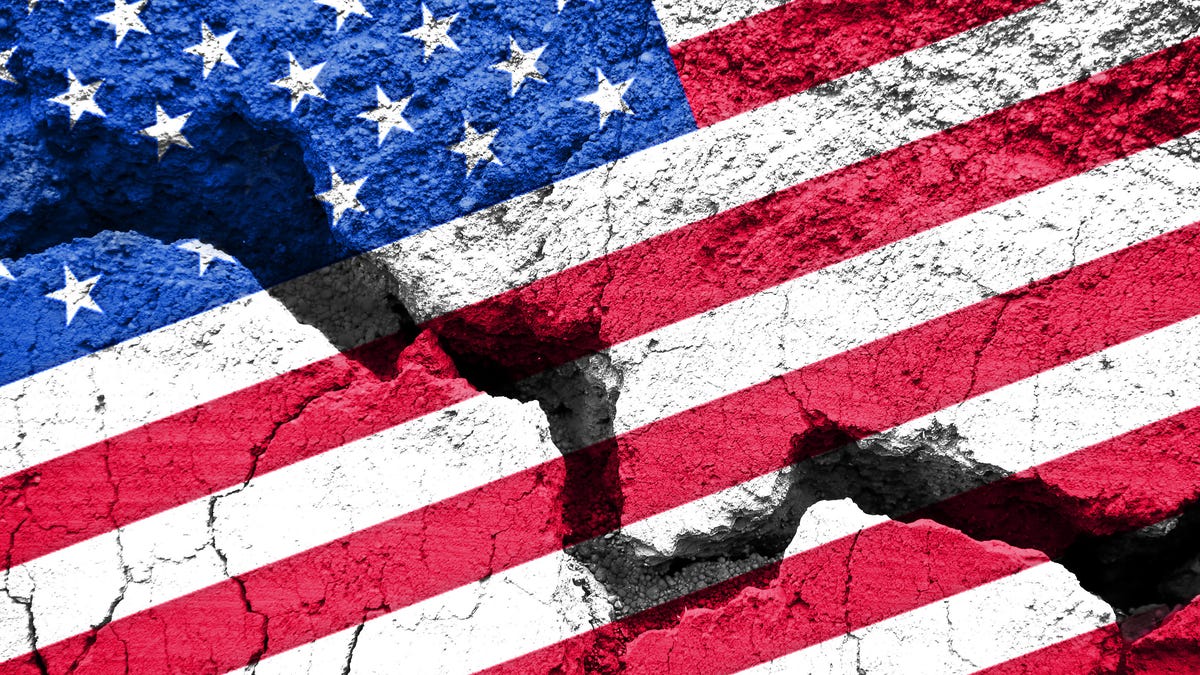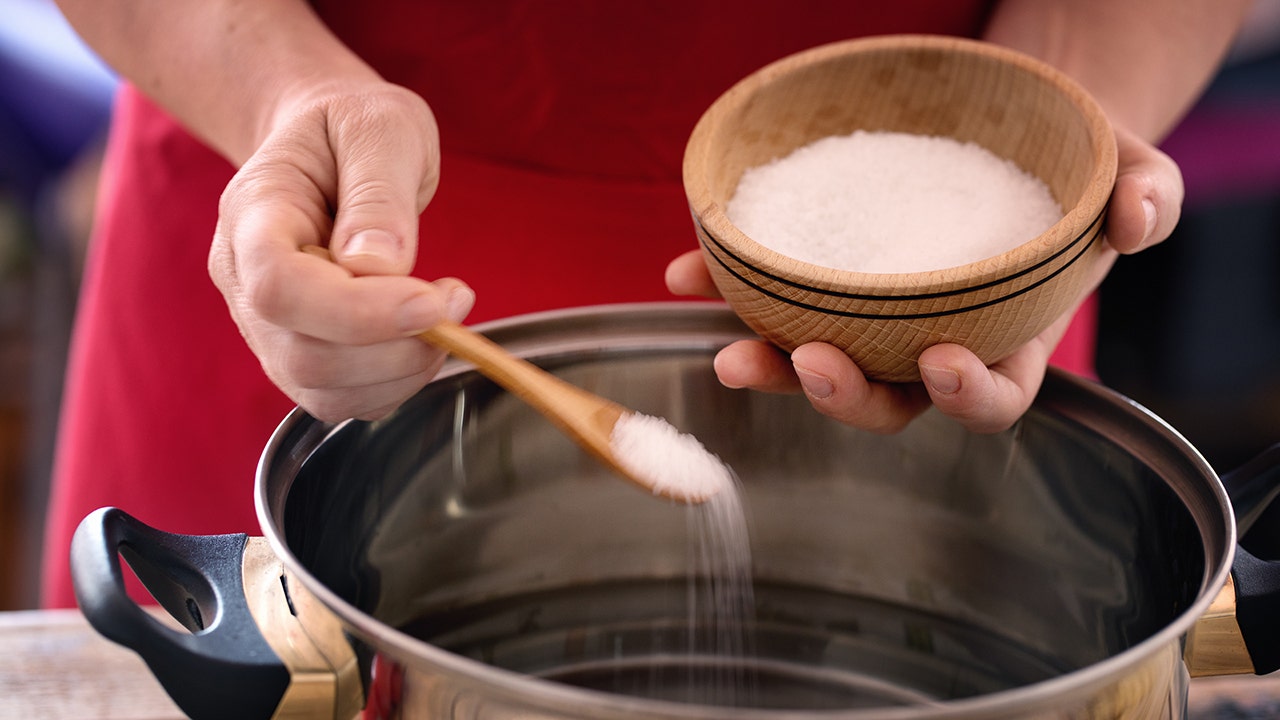Seems like every town in America hosts some sort of food festival these days.
There’s the quirky ones, like the Gilroy Garlic Festival, first launched in 1979, and the Waikiki Spam Jam, formerly held in Austin, Minn., home of Hormel Foods. Then there are the mac daddies, like Taste of Chicago, the country’s biggest, which has attracted nearly 4 million visitors in recent years, as well as the posh Food & Wine Classic in Aspen, which costs $2,950 a ticket.

Perhaps a sign that we’ve reached peak food festival, one of the country’s most revered food and drinks events, our own Food Network New York City Wine & Food Festival (NYCWF), is making an historic move this week from the piers of Manhattan’s West Side to the Brooklyn Army Terminal in Sunset Park. How much it will fill the coffers of the borough has yet to be realized, but business leaders couldn’t be more enthusiastic. “Sixty-two million people visit New York City every year, and only 15 million make it to Brooklyn,” says Randy Peers, President and CEO of the Brooklyn Chamber of Commerce. “How can the restaurant scene and the community at large not benefit” from the NYCWF’s arrival?
With more than 100 restaurants participating across 80 demos, dinners and parties — not to mention dedicated ferries from Manhattan — Peers, a self-described “eternal optimist,” could very well be celebrating a successful new location come closing day on Oct. 20.
Now officially part of American pop culture, food and wine festivals often make waves well beyond their core product of dining and drinking. According to researcher Edwin N. Torres, a former professor at the University of Southern Florida, “As visitors, culinarians and locals experience a food and wine festival’s offerings, they develop a strong sense of community . . . [and] attachment to the hosting destinations.”


And Brooklyn could very well be the next major beneficiary of this phenomenon.
Food and wine festivals are nothing new. Historians trace the trend of celebrating local produce and cuisine back to the time around the Great Depression, when money was tight and neighbors relied upon communal food gatherings to stay fed. There’s no official clearinghouse of how many such events exist in America today, but the website Bestfoodanddrinkevents.com lets visitors search among more than 1,600 festivals in 50 states that have more than 1,000 attendees annually. And they’re not including the wackiest ones, like West Virginia’s Roadkill Cook-Off, whose culinary offerings were recently described as “featuring an animal normally found dead on the side of a highway. For example: snake, armadillo, groundhog, possum or squirrel.”


The food festival trend really began to take off in 1984, when Tom Ryder, then president of American Express Publishing, used his newly acquired Food & Wine Magazine to create a small wine-centric, destination-driven concept event in Aspen. “Towns all around the country may have done smaller versions of something similar,” says Dana Cowin, who was the editor in chief of Food & Wine for 21 years. “But his idea to use wine to turn a ski town into a summer travel destination, that was new. And remember, we didn’t have celebrity chefs yet.”


After that, the festival scene really began cooking with gas. The annual June Food & Wine Classic in Aspen filled its roster with Food & Wine magazine’s top chefs and restaurants. Cowin says she would plan the entire editorial calendar around the event, which she and her staff dubbed “Camp for Chefs.”
“There were just 4,000 ticket holders, mostly our readers, in a small, beautiful town for three days, so you could easily bump into a chef you recognized at lunch,” she recalls.
The Aspen event was impacted by — but survived — COVID, which hurt many festivals in states with stricter social-distancing rules. Taxable Aspen festival sales in June 2019 were $66 million, with $18 million of that in accommodations and $11 million in restaurants and bars. That same month in 2020, figures dropped to $51.9 million in taxable sales, with $6 million in accommodations and $8 million in the restaurant and bar industry. That’s still a lot of spend for just a few thousand people. Charleston Wine + Food, by contrast, has generated $170.5 million in economic impact for the Charleston area since its inception in 2005, or about $9 million (and 35,000 attendees) on average per year.


Despite its small size, Aspen has been hugely influential, especially with the 1993 launch of the Food Network and America’s addiction to cooking shows and celebrity chefs. And so naturally, the concept was replicated. In Charlotte. In Charleston. In Austin. You name it. Many have drawn a local or regional crowd, but the larger ones can lure national visitors, while having a meaningful impact on the local economy.
“People are arriving for the event, they are populating hotels, every meal is an opportunity to dine out,” says Steven Carvell, a professor of finance at Cornell University School of Hotel Administration. “That is what generates money.”


It also drives media attention to the destination, as well as to chefs and restaurants themselves, he says.
“The cost of costumer acquisition has gotten very high, so these high-profile festivals can be an efficient way of building a [city and chef] fanbase,” Carvell notes.
The wine and food festival scene truly went national when Lee Schrager, the chief commercial officer at Southern Glasers Wine & Spirits, one of the nation’s largest alcohol distributors, was invited by friends to attend the Aspen Classic 25 years ago. On the flight home, he scratched out an idea for a Miami version and pitched it to his company — launching the South Beach Wine & Food Festival in 2002.


“There was nothing in South Beach at the time,” Schrager laments. “I knew that in order to succeed, we needed a superstar name, but I didn’t know how to get in touch with Alain Ducasse or Bobby Flay.”
A friend connected him to the former, and he somehow convinced the multi- Michelin-starred French chef to headline. He also found willing partners who believed in what he was trying to create. “Miami Beach gave us the beach for free, they waived permit fees,” Schrager recalls. “Having a good [local] partner is the most important thing.” That first year, 6,000 attendees turned up. Last year, 65,000 did.
Everyone involved benefitted. According to research conducted by the Greater Miami Convention and Visitors Bureau, this year’s SOBEWFF generated $31.2 million in economic impact and supported 6,238 jobs in the community. Since its early days, the nonprofit event has raised $40 million for the Chaplin School of Hospitality & Tourism Management at Florida International University.


Buoyed off of the success of the Miami festival, Schrager launched the New York City Wine & Food Festival in 2005. Nearly 20 years on, Schrager believes it will continue to be a success in Brooklyn, but recognizes that the landscape has changed.
“It’s not the same as it was 25 years ago, when there were just three important festivals” and few celeb chefs, he admits. “Still, we provide transportation and kitchens and the ingredients.” But, Shrager adds, “never the talent,” which are ultimately the chefs himself.
He is now partnered with the Food Network, which helps with visibility, as well as hotels, airlines and local tourism boards. Last year the NYWFF tallied 39,000 total visitors.
Most of all, Schrager seeks out rising chefs who may be promoting a book or opening a new restaurant or releasing a product, or just have something intriguing to offer.


“Have I discovered new talent through the festivals? No,” Schrager says. “Have I promoted young talent? Yes.” He had Giada De Laurentiis and Alton Brown on his roster some 18 years ago — today they’re household names.
This year, Snoop Dogg and Dr. Dre are hosting the NYWFF opening party, Rachael Ray the much-loved Blue Moon Burger Bash. But there are plenty of chefs participating whom many may never have heard of.
Camille Becerra, chef-partner at As You Are at Ace Hotel Brooklyn, is hosting a dinner with fellow chef (and TV cooking-show judge) Amanda Freitag, and also has a book, “Bright Cooking,” that just hit shelves. “In my entire career, this was the first time I’ve been asked to participate in the festival,” Becerra says. Which makes sense.


Apart from being very male dominated, the food world has, in recent decades, become celebrity-chef driven. “My world as a chef never really crossed any of those worlds,” Becerra says. She is, however, a beloved New York chef who has the power to change epicureans’ minds. “We are entering a really wonderful phase in food,” she says. “Food is pop culture right now.”
With chefs as bona fide rock stars, there’s little reason to believe that festivals such as those in the big four destinations (Aspen, New York City, Miami, Chicago) won’t inspire ever more copycats.


Still, at some point, chefs will become disillusioned with the diminishing returns of traveling the country to hobnob with fans, said one longtime festival insider. But for now — when scoring a ticket plus arranging travel and meal reservations can be the same prices as a Taylor Swift ticket — these festival can offer serious value, and fun.
Whether they can sustain the move to industrial Brooklyn remains a mystery. Says Brooklyn Chamber of Commerce’s Peers, the New York festival’s move to Brooklyn “to some degree is very much an experiment.”














